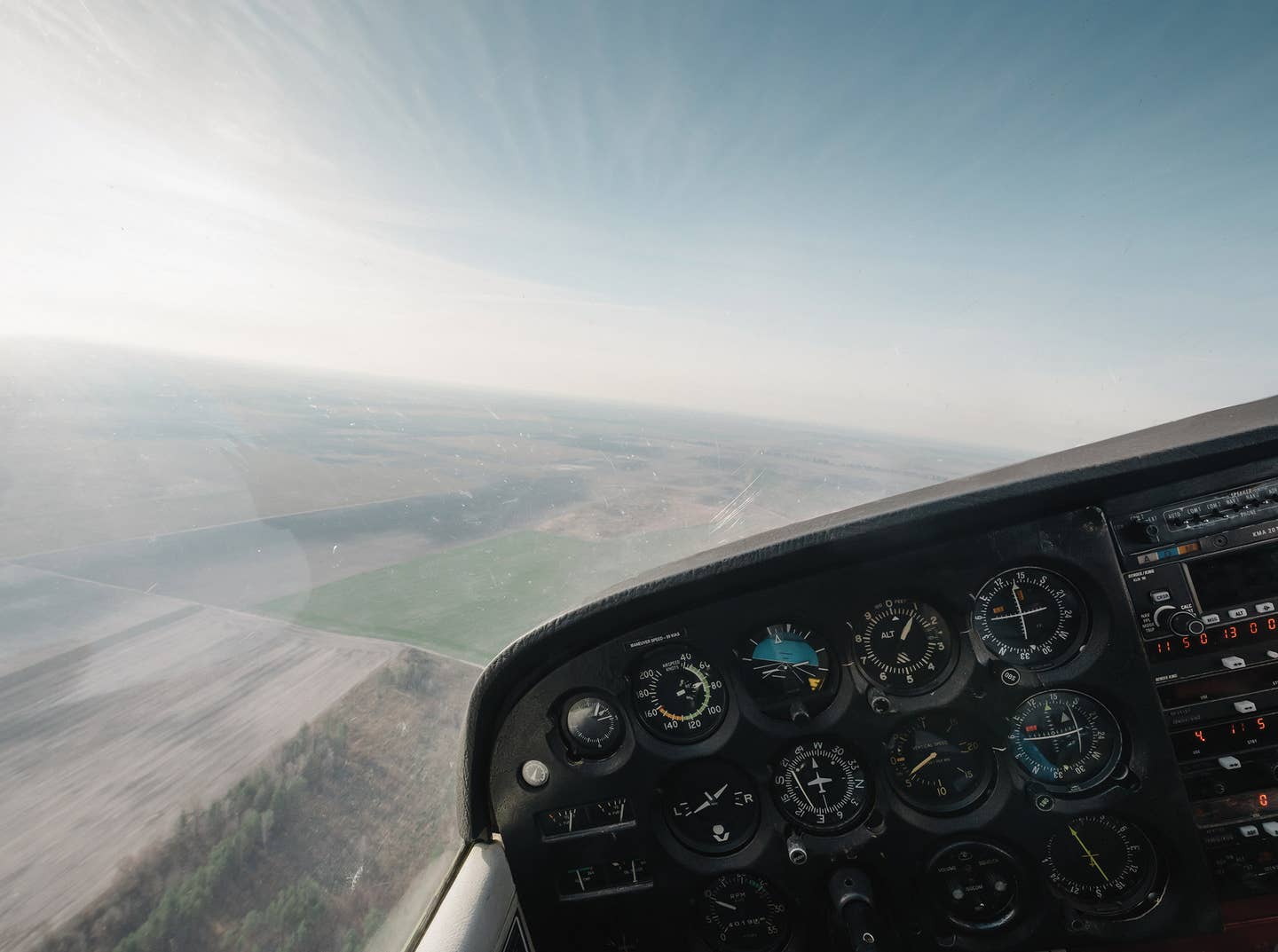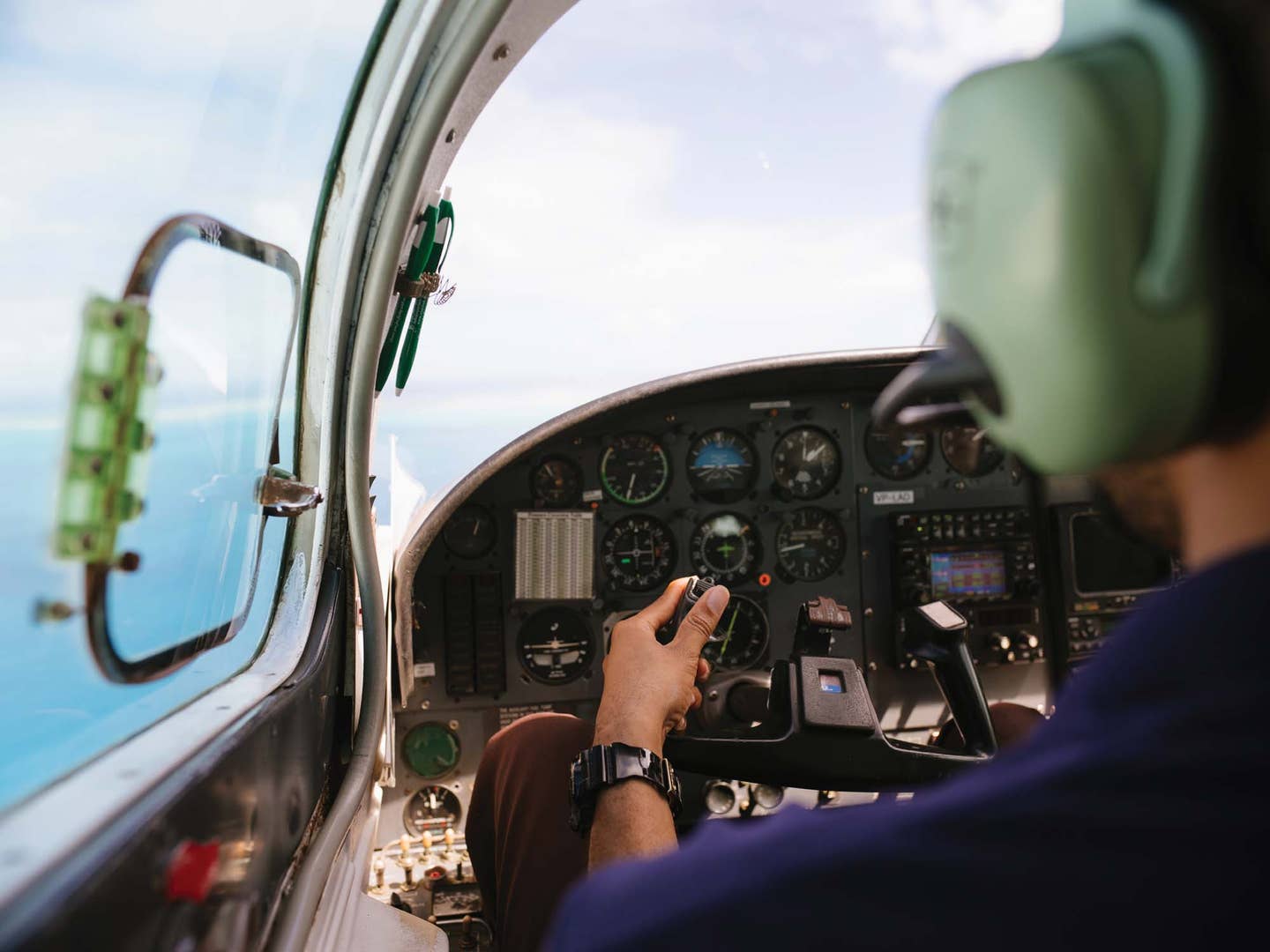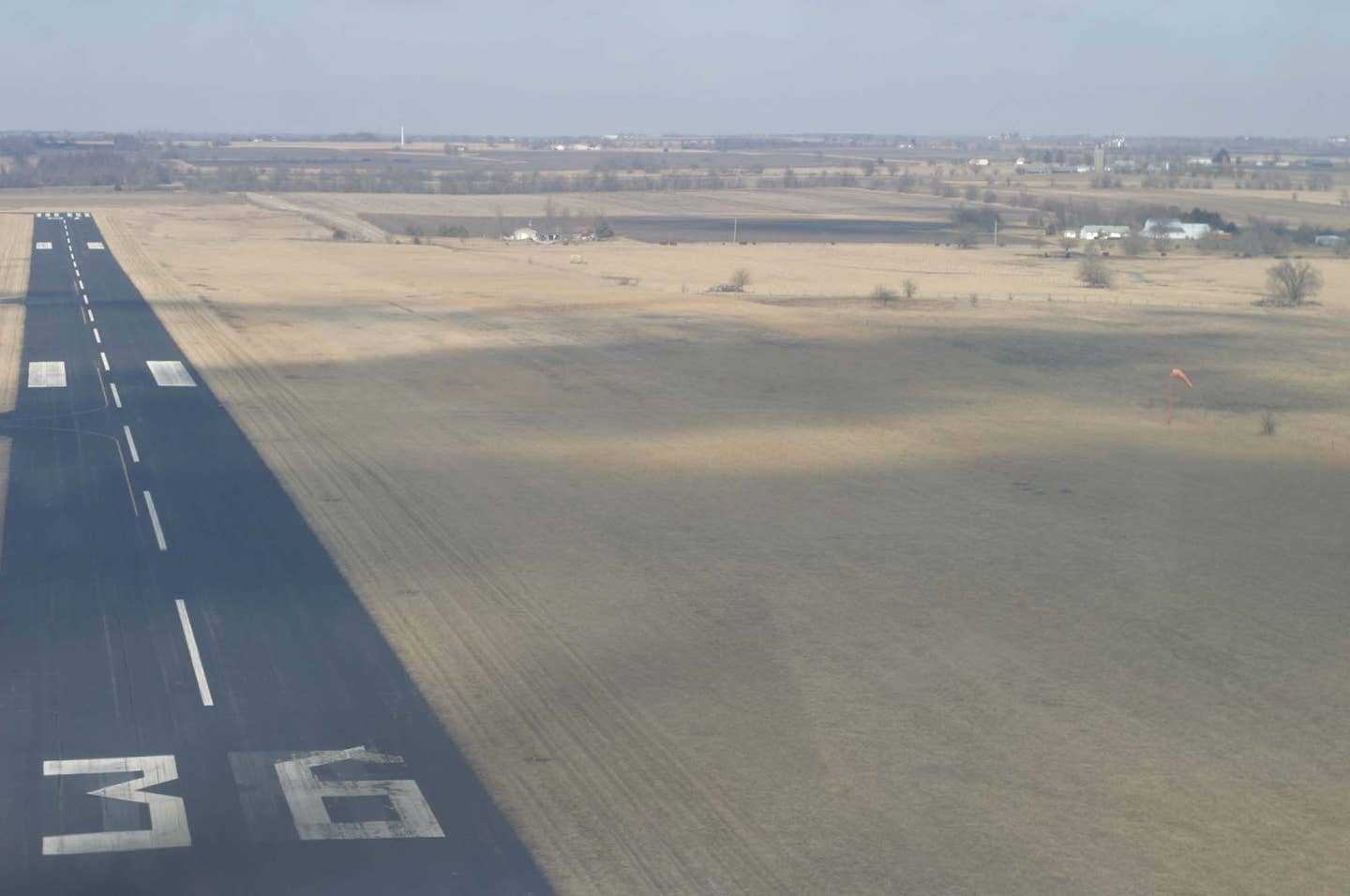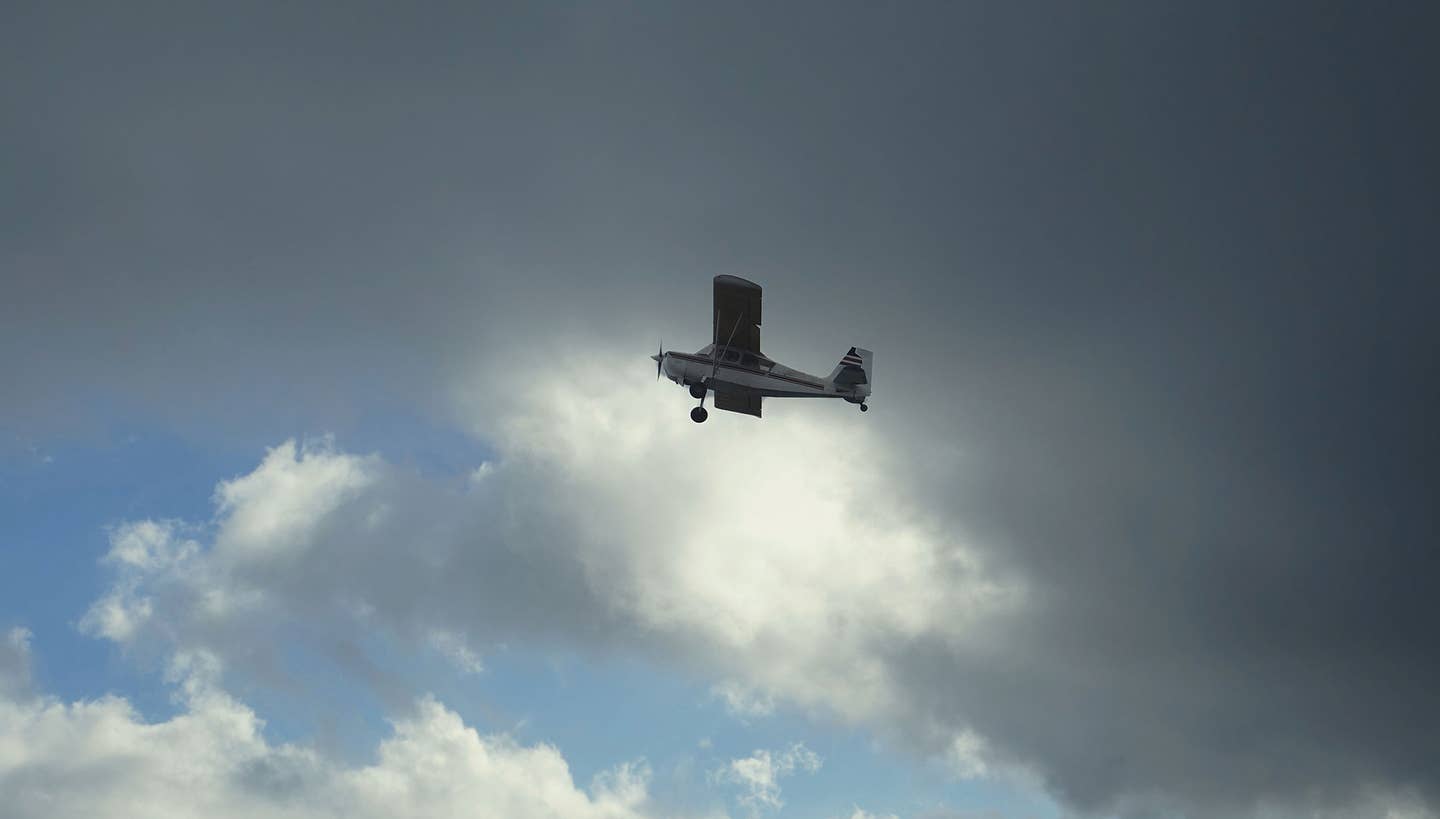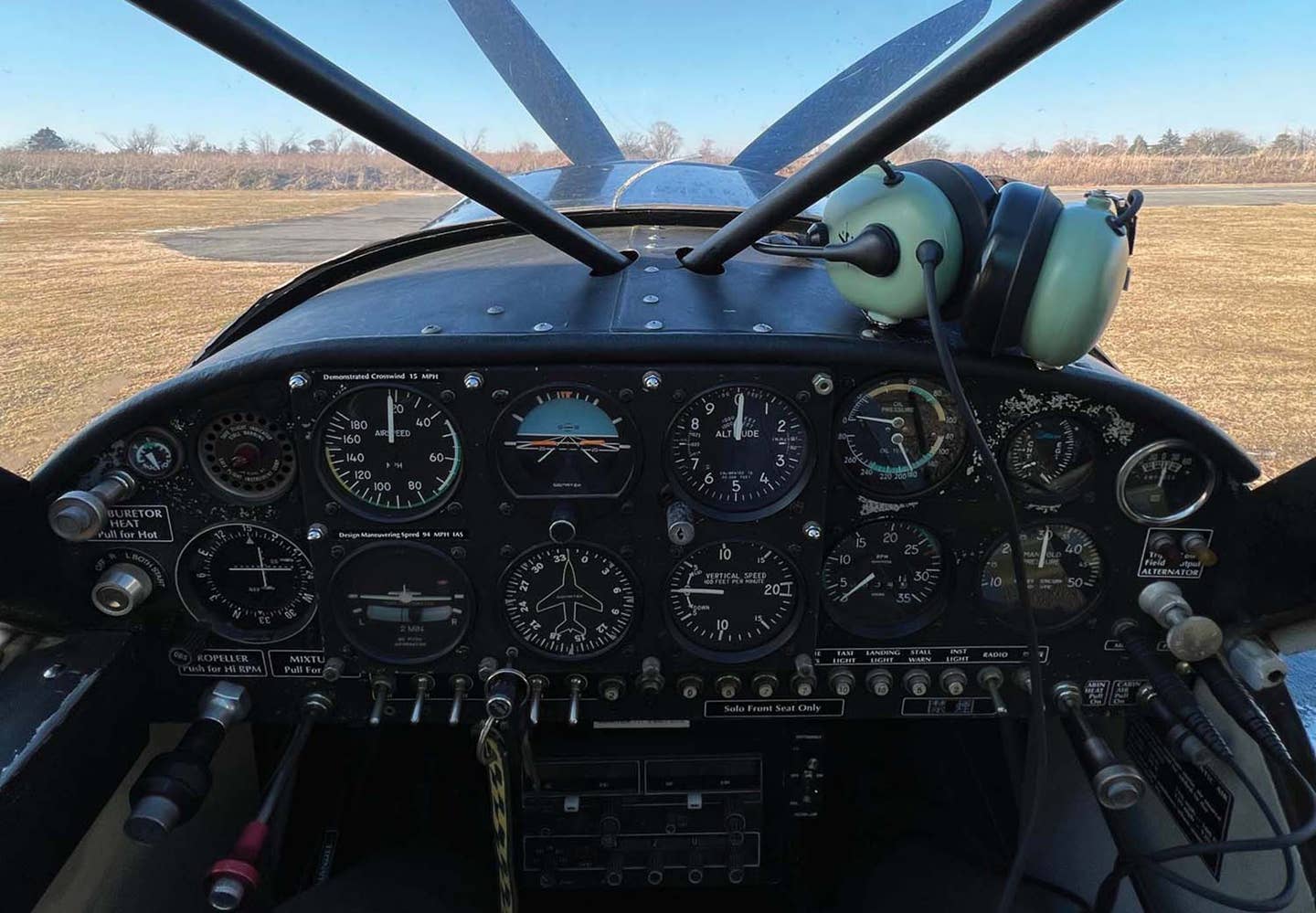
Ask the front porch gang at the local airport which is better, a “six-pack” full of traditional round dial instruments or a bright new glass cockpit screen, and the answers will be all over the map.
The more experienced aviators in the group may extol the virtues of a panel full of round dials, even as they throw a little shade at the occasionally fickle vacuum pump. The younger generation, raised from birth on iPads, iPhones, and the omnipresent Garmin G1000, wonder what this whole round-dial thing is all about anyway. Why would anyone want to fly without gigabytes of color-coordinated data flowing through those big screens? So, the answer to the question—round dials or glass cockpit?—is a rousing “it depends,” and blessedly, there is no wrong answer.
The Legacy General Aviation Fleet
The beauty of so many legacy single-engine GA aircraft is that, when cared for properly, their aluminum airframes are quite resilient and resistant to fatigue. Maybe this is due to the slide rule and drafting table generation that designed them. Seems these engineers added a little extra strength and skin thickness just to be on the safe side. Some bucks spent on a hangar, updated paint and exterior, and a little TLC under the cowling, and your 30-year-old Cessna 172 will keep up with a brand-new one, for a lot less dollars. And, hey, the last few years have seen the hull value of the legacy fleet increase significantly.
However, when it comes to the instrument panel, the picture is not so rosy. Many elderly singles and twins come equipped with a panel chock full of aviation history. ADFs, marker beacons, and VOR receivers, each relying on a constantly shrinking population of land-based navaids, fill these dated flight decks. Remember the extinct lighted airways and four-course radio ranges from the 1930s, and you get the picture. Time marches on.
GPS is everywhere, from our wristwatches and cell phones to the complete selection of RNAV departures, approaches and T routes that comprise the majority of the under-12,500-foot airspace system. The Instrument Landing System (ILS) seems safe for now, but LPV approaches are cheap, accurate, and are everywhere. So, what is an aircraft owner-operator to do?
Decisions, Decisions, Decisions
Many panel upgrades start with a failed instrument or radio and the phrase, “It’s going to cost an arm and a leg to fix this one thing, so why not just upgrade the entire panel?” This form of rationalization is the hallmark of true aviators who long ago decided to avoid any discussion of the cost per hour of their personal flying. If the French philosopher René Descartes lived in our generation and was bitten by the flying bug, he might have written “I fly, therefore I am,” and we would all understand. However, our pocketbooks are only so deep, so philosophy aside, which way is best? Do we go all glass, keep the round dials, or maybe a bit of both?
The answer is, a resounding, it depends. Several avionics manufacturers and installers offer packages that cater to the differing levels of aircraft use. For the weekend flyer, adding a basic GPS/NAV/COMM upgrade and ADS-B Out to the traditional six-pack may be sufficient. One step up the ladder, the frequent traveler and light IFR pilot may opt for an advanced autopilot, digital glass attitude, and heading displays, and ADS-B In on a tablet or portable.
However, if the airplane is used for frequent IFR travel into Class B and C airports, then the full-glass panel makeover, complete with ADS-B In and Out, may be in order. A major benefit of the all-glass option is the removal of the vacuum system, and once removed, a significant increase in useful load.
Round Dials or Glass Cockpits: Which Is Easier to Fly?
I liken the answer to this question to the debate between taildragger pilots and the tricycle landing gear crowd. If you learned to fly in a Piper Cub, the transition to a Cessna 172 is a piece of cake. However, if you started your flying life in a tricycle gear Cessna, Piper, or Cirrus, learning to land a Citabria or Carbon Cub is going to take some time, effort, and expense.
The same is true for your instrument panel. If you learned to fly instruments on a traditional six-pack, then transitioning to flat-glass panel display is a logical next step. The designers of the glass displays simply took all the information from your old round dials and repackaged them in living color. Having said that, the touchscreens and multiple menus deserve serious practice on VFR days before venturing into the cumulus clouds.
However, the reverse is not true. If you learned to fly on glass panels, as so many students do today, transitioning back to the traditional round dials, especially IFR in the weather, is similar to mastering the tailwheel. The six-pack crosscheck is more challenging, and even with a tablet or moving map GPS, mastering smooth aircraft control and developing situational awareness takes significantly more effort. Whichever you select, plan carefully, get good training on the system, and don’t venture up into the rain clouds and fog until you are comfortable and confident with your new panel.
So, What Did I Decide?
Recently, I approached the choice of new glass cockpit or enhanced round dials with detailed research and exacting logic. For the record, my longtime airplane co-owner, copilot, family budget manager, and did I mention, spouse, held a family conference centering on our flying needs and the state of our piggy bank.
While I am really comfortable with all-glass flight management systems, it turns out that for my personal flying, I actually prefer the warm glow of a panel of traditional round flight instruments. Maybe it’s because I was brought up as a fledgling instrument-rated pilot in a world dictated by “compass and clock,” “bar widths,” and standard rate turns. Or maybe I just like the round dial airspeed indicator, conveniently located at the top left of the panel, right in my field of view, as I make a left turn to base or final approach. With a glance at the angle of the airspeed needle, I know that I am at a safe airspeed.
Our family missions are predominantly VFR or light IFR, generally day or early evening, and my pocketbook is not endless. Thus, the goal of the instrument upgrade was to create more reliability and redundancy while retaining the round-dial displays. Based on our needs, we added an IFR GPS, an ADS-B In and Out transponder, and most recently a simple yet full-featured autopilot to our trusty Cessna Cardinal.
With the iPad mounted on the yoke, the result is situational awareness on a budget. Looking ahead, each of these modifications will eventually support a complete glass panel when and if the need and finances come together.
Redundancy while flying in the clouds was our top priority. The autopilot has its own attitude source, we have the electric turn and bank, and the vacuum-powered attitude indicator. So, if one fails, we have two backups. And don’t you know, as soon as the autopilot was installed, the legacy vacuum-powered attitude indicator suffered a mechanical failure and just rolled over and died. A quick online search for a replacement yielded a shiny new attitude indicator, complete with an off flag for vacuum loss, right in my field of view. Not a part of the initial plan, but money well spent. We plan to let the pocketbook take a rest for a while and put some hours on these new toys, secure in the knowledge that we have a reliable and redundant set of flight instruments.
What Does the Future Hold?
However, our digital and round-dial decision is a stopgap measure. If the future of GA avionics follows the patterns set by the Part 121 and 135 operators, it looks something like this: As more and more aircraft are produced or converted to glass cockpits, owner-operators will find it harder to find shops to service their legacy instruments.
The new/old stock supplies soon begin to dry up. Eventually, this drives traditional round-dial repair and replacement costs to a point where the glass cockpit is cheaper. This process began down here in GA land around 2005 when the Garmin and Avidyne glass began to be installed in new aircraft and is now in full swing. Those of us who have older navcom radios are finding them more difficult and expensive to repair or replace. Bendix/King’s recent slide-in replacement for the venerable KX 145/155, and Avidyne’s slide-in replacements for the Garmin 430/530 series, are steps in the right direction but not cheap.
Good News, Bad News
Let’s consider the bad news first. If you are still listening to the AM baseball and weather on your ADF, its days, at least in the U.S., are numbered. Recently, a couple of car manufacturers tried unsuccessfully to remove AM radio from their new vehicles. They failed, but the handwriting for these older radios is on the wall.
Upgrading your panel will eventually cost at least a third of the price of your current airplane (It used to be closer to half, but hull values have been going up recently). But when compared to the cost of a brand-new model, it’s still a bargain, or so I constantly remind my co-owner and spouse.
The good news is next. Well cared for, we can expect our fleet of gracefully aging ’60s, ’70s, and ’80s vintage Cessnas, Pipers, etc., to last a very long time. And with the right panel upgrades, they will be every bit as fast and capable as the latest iterations from the factory. The new equipment that is emerging from the major avionics manufacturers is incredibly capable and provides a wide variety of options based on our personal needs, desires, and budget.
So, if you opt to extend the golden age of round dials like I do, there is a package for you. If you want to go all the way and replace it all with a shiny new collection of screens, computers, and pixels, then bring your pocketbook and game on. And if you are somewhere in the middle, there are options there as well.
The only thing that is not optional is that time is passing, and the future is coming, so planning ahead to ensure your aircraft remains relevant and capable is time well spent.
Fly safe!
Images: iStock

Subscribe to Our Newsletter
Get the latest Plane & Pilot Magazine stories delivered directly to your inbox

